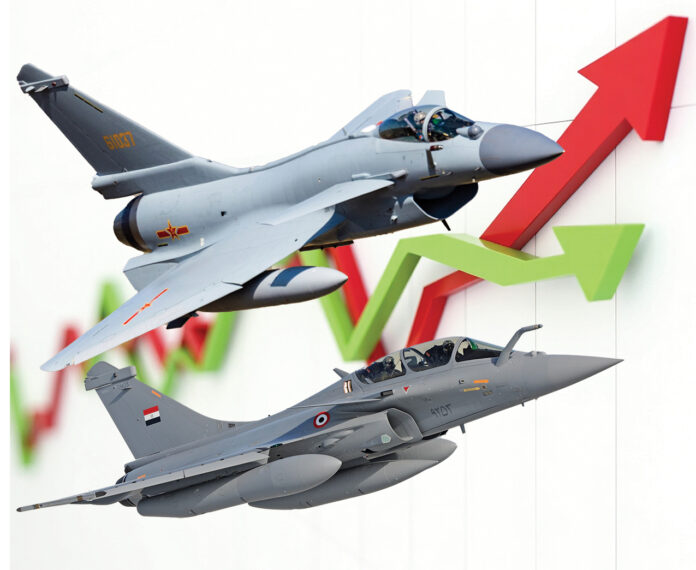The year isn’t 2025, but 1905. Two great powers, after some circling about, had finally gone to war the year before setting off one of the greatest naval wars in history, the details of which are still taught at military academies the world over. In the war’s second year, the final episode of the conflict plays out: the Battle of Tsushima.
It was no cakewalk, but resulted in a clear, unambiguous victory for Imperial Japan over the Russian Czarist Empire. The loss of almost every warship in the Baltic fleet had prompted the Russians to sue for peace. Not to imply they had much of a choice. The Japanese, on their end, lost no heavy ship, despite some casualties, and even those weren’t a fraction of the Russian casualties.
The war had significant geopolitical consequences, but the militaries of even those countries that were far away, who had little skin in the game, were watching, keenly awaiting reports, taking down notes.
You see, this was the first war between major conventional militaries after a bout of mechanisation and technological development had taken place. Here, the world was going to see some new technology actually being used in battle, like rapid-firing artillery and machine guns, as well as more accurate rifles, which were first tested on a mass scale. They were seeing how it would provide a template for the next great war. And it did. For a war that was, in fact, literally called The Great War (later on referred to, as World War One.) [restrict level=1]
Imperial Japan, for instance, was aided by the United Kingdom, who in an attempt to subdue the Russians in the Great Game, provided the Japanese Navy with computers to do projectile calculations for their gunners; mechanical computers, of course, but excitingly new at that time, yielding rapid and accurate calculations. The British also provided wireless telegraphs to them (radio), a technology that both sides used. Innovations like these changed warfare thoroughly, and generals and admirals all over the world were watching with baited breath.
All that has at least some parallels with the recent events in the sub-continent. It wasn’t an unambiguous victory, despite what some of the readers of this magazine would like to imagine, nor what the odd Indian reading this (hello; no hard feelings) would be imagining.
The similarities, however: a bloated, seemingly complacent larger power fought a smaller country that was provided with modern technology by another nation that had an axe to grind with the larger power. India, Pakistan, China.
Similarity: the way the Battle of Tsushima had been, at that point, the largest naval battle in the steelship era, the India-Pakistan confrontation was perhaps one of the largest air battles in post-WW2 history and definitely the largest Beyond Visual Range (BVR) air battle in history.
Similarity: The world was watching as anxiously, as they should, when large militaries square off, yes, but generals the world over were only watching newer military gear in action.
The Pakistan Air Force didn’t quite do to the Indian Air Force’s fleet what the Imperial navy did to the Czarist fleet, but it shoot down more than a couple of the Indians’ shiny new, incredibly advanced Rafale jets, a development verified by foreign news agencies and all but verified by the Indian Airforce itself. Yes, a good day for the PAF, and not a good look for the overall shock-and-awe psy-war that the Indians had intended. Also, would have cost them quite a packet.
The Indians’ strong point in this whole episode is contested, but it revolves around its rain of missiles and drones over Pakistani airbases and a claimed failure of the Pakistani air defence system, while the Pakistani retaliation, the Indians further claimed, was adequately addressed by Indian air defence.
That this may or may not be true is irrelevant to the scope of this article, because it wasn’t newer tech involved in this aspect of the scuffle. India’s BrahMos, with which they attacked Pakistani airbases; their Russian S-400 system, with which they protected their own airbases; and Pakistan’s Chinese-manufactured HQ-9 system, which they used to protect their own bases, were older tech that the world had already seen in action. These claims, if false, don’t matter; if true, matter to the situation itself, but not to those outsiders only observing the gear.
No, those eyes were on Pakistan’s new fleet of jets, like the one it developed with China, the JF-17 “Thunder” and, most importantly, the completely Chinese Chendgu J-10 “Dragon.” And, of course, the Chinese air-to-air PL-15 missile that the Chengdu was equipped with.
They did the job. No Rafale had been shot down before; now Pakistan had multiple kills.
But while the generals, admirals, air marshals and defence bureaucrats from the world over were sizing up Chinese military gear and figuring out how this changes the world of warcraft and supply chains, and what acquisitions to consider now, another group was also busily buzzing with activity: the suits and investors.
In a macabre play, perhaps even before the bodies of the innocent civilians caught in the crossfire were laid to rest, the stock of the AVIC Chengdu Aircraft Corporation and the French Dassault Aviation, which makes the Rafale jet, surged and dropped respectively – and dramatically.
It’s all business here. Not buildings collapsing, not people dying, not national pride being hurt or assuaged. Just numbers going up and down, and money to be made.
Towers Go Down, Numbers Go up
The US stock market remained shut for four days after the attacks on September 11th, 2001. This was the longest unscheduled shutdown of the U.S. stock markets since the Great Depression. For obvious reasons.
When trading resumed on the 17th of September, the market reacted as many thought it would: horribly. The events were a massive symbolic swipe at the US’s commercial power (with the twin towers representing corporate America – and, of course, military power, with the attack on the Pentagon.
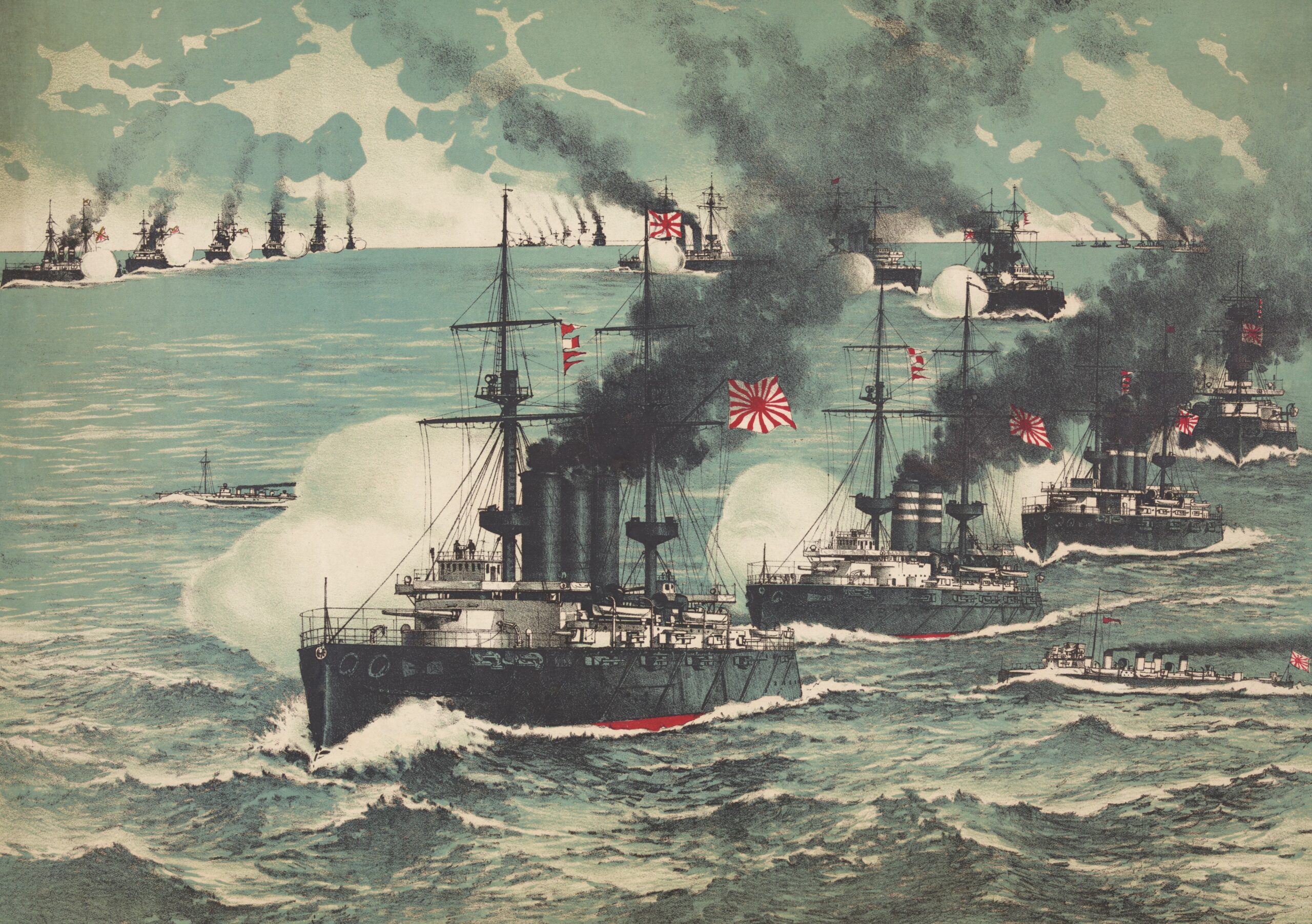
Most stocks fell on the 17th. Defence stocks, however, spiked. Given the complicated situation of the debris and rubble in New York, again, it would be safe to say that these defence stocks were rallying before all the bodies had been buried.
The investors knew that someone, somewhere, was going to be attacked. They were right; three days later, George W Bush gave his famous with-us-or-against-us speech in Congress and two months later, on the 7th of October, he announced the beginning of military operations in Afghanistan.
Speaking of October 7th, but 22 years later, on October 7th, 2023, Hamas launched an attack in Israel. Lots of water – and blood – has flown under the bridge since then, but there is no denying that, regardless of how the public sentiment in the US is right now, on October 7th itself, the sheer might of AIPAC’s influence in US politics and the mainstream media ensured that vast segments of the American public believed, more or less, the Israeli narrative about the attacks. Many accounts of the specifics of the specifics of that attack, now debunked thoroughly, went unquestioned, and the average American was horrified.
It was a Saturday. On Monday, shares of defence stocks, including Northrop Grumman (NYSE: NOC), L3Harris Technologies (NYSE: LHX), Huntington Ingalls Industries (NYSE: HII), Lockheed Martin (NYSE: LMT) and General Dynamics (NYSE: GD) each gained at least 8% in the session, the most in more than three years.
The investor, to put it simply, is not horrified either way. But it is not just the saga of Israel versus children that gets investors’ hopes up. Consider the war in Ukraine.
The onset of the war was cause for concern in the financial world, driven by, amongst other things, how the showdown would affect the oil markets.
But while the broader U.S. market was down by nearly 20%, many defence stocks saw their share price increase by double digits in percentage.
In 2022, the Invesco Aerospace and Defense ETF (NYSE: PPA) index gained 8.6%, outperforming the broader U.S. market by 28%. This rise was led by Allegheny Technologies (+87%), Maxar Technologies (+75%) and Northrop Grumman (+41%).
So, in the showdown in the sub-continent in May, could we find more about the two companies that were involved?
Watch out for Factory Number 132
One can’t possibly use the term “humble beginnings” to state projects. There’s always money sloshing about for those. It’s just that bureaucracies sometimes bungle up that money; or political leaders shoot too far out for outcomes to be realistic. But they’re never quite bootstrapped startups.
No, Chengdu didn’t have humble origins other than it having an “untitled project” vibe, listed as Factory No. 132. It was set up with Soviet help, some years before tensions between the two communist countries commenced. These tensions weren’t ever enough to stop the cooperation between Russia and China over several projects, including this aviation project.
By 1964, Factory No. 132 had more than 500 hectares, more than 10 thousand employees, and had produced its first jet fighter, the J-5.
In later years, No. 132 started production of the J-7, variants of which were acquired by multiple militaries, the largest of them being the Pakistan Air Force. It is one of the peculiarities of the international arms trade that the J-7 was actually a licence-built version of the Soviet Mig-21, which was, till a long time the pride of the Indian Air Force and is still active in their fleet, despite being dubbed by some in the (till recently) relatively free Indian press as “flying coffins” and “widow makers.” So both the rival countries were flying the same plane, so to speak.
Well, it would be wrong to call them the same plane, as there are a lot of avionics and internal wiring, so to speak, that set planes apart, but broadly speaking the same system. Since press freedom and openness of the defence analysis commentariat in Pakistan doesn’t quite compare with that in India even now, the general public doesn’t quite know what the PAF itself thinks of the J-7.
It was in the 70s that the 132 really accelerated its research and indigenous design and production capabilities and, by the end of the decade, it revealed itself to the outside world as the Chengdu Aircraft Company and later on, it reorganised with “unified leadership and decentralised management.”
In the early 80s, there was talk of the possibility of Chengdu building “the Chinese F-16,” meaning a Chinese version of a multi-role fighter aircraft that was highly maneuverable and agile that could fulfill the role of the US F-16 and the Soviet Mig-29 Fulcrum.
Do keep in mind that this was the early 80s; China wasn’t yet the China that we know now. But the state lent even more autonomy to the factory and lent them more freedom in the whole sourcing process.
That resulted in the 4th generation and then 4.5th generation fighter we know as the J-10, flown today only by the Chinese and Pakistani air forces. The PAF’s faith in Chinese military gear wasn’t just this: it had also developed the JF-17 Thunder jet with Chengdu and had inducted it in the PAF in 2010.
That is not to mention Chengdu’s fifth generation J-20, said to be an equivalent of Lockheed’s F-35 and a highly secretive and much speculated about J-36.
But before recent events transpired, even 4th and 4.5th generation fighters hadn’t been tested in battle. Would a country shill out such substantial sums of money on something…well.. “Made in China”?
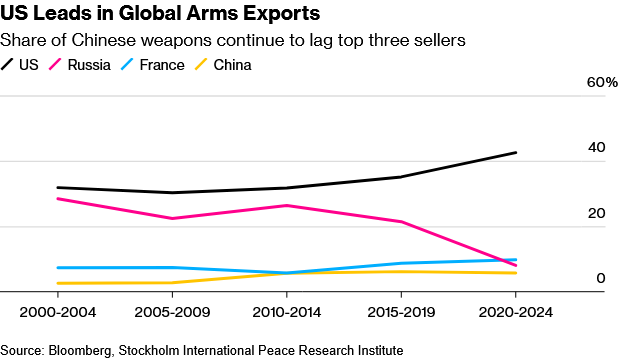 Marcel’s Machines
Marcel’s Machines
They couldn’t break him. The Germans, who were occupying France during World War 2, just could not get Marcel Bloch to cooperate with them. So they sent the aviation engineer to a concentration camp in Germany.
It was surprisingly difficult to break this brilliant engineer, who had his own aviation design and manufacturing company, Société des Avions Marcel Bloch, and whose engineering designs had been used by the French military as early as World War 1. They tortured him, beat him up, kept him in solitary confinement and had disabled him to the extent that when the war ended, he could barely walk.
Perhaps it was his brother he drew inspiration from. General Darius Paul Bloch was in the French Resistance and his no de guerre was “Chardasso”, a play on the word char d’assaut (“assault tank.”)
Out from the war, Marcel Bloch, who had been told by doctors that he hadn’t much time to live, changed his surname, in his brother’s honour, to Dassault. And in 1971, after acquiring Breguet, formed the Dassault Aviation we know today, which now makes not just military jets but also business jets.
Though the company was, and is, a major contractor for the French military, from the 1950s exports became a major part of Dassault’s business. Both the Pakistan and Indian air forces were a part of this, with the former buying Mirages and the latter buying the Mystères.
In PAF, the Mirages were the “it” fighter before the acquisition of the F-16s in the ‘80s, and the PAF is accredited with utilising its fleet of Mirages effectively for much longer than they were thought they could be.
Later on, the Indians also got the Mirage 2000, a significantly different aircraft than the Mirages in Pakistan’s fleet.
The IAF, of course, later on acquired a fleet of Dassault’s most advanced fighter jet, one of the most effective combat systems in the world, the Rafale.
Though it had been involved in operations where it would have been in proximity with hostile air forces, like Libya’s in 2011, and air policing NATO missions, where there would have been proximity to Russian military aircraft, the rest of the Rafale’s engagement had been with asymmetric operations, much like those of the PAF’s Chinese fighters.
The only difference being the fact that Dassault was a known company, with a solid track record of producing world leading fighter aircrafts, with the Rafale being its current best foot forward.
That all changed this May.
‘The most expensive advertisement in the world’
On the 7th of May, the Indian government launched Operation Sindoor and conducted airstrikes in Pakistani territory on alleged training camps of the Lashkar-e-Taiba and the Jaish-e-Muhammad. The PAF responded by hitting at the IAF jets involved in that air strike, while they were still in the air.
Subsequent details of Operation Sindoor, and Pakistan’s Operation Bunyan um Marsoos are, as discussed earlier, irrelevant to this particular article.
What matters is how Rafale fared and the Chinese technology on the other side fared.
Pakistani claims of having downed several IAF jets were initially received with some suspicion even by Pakistani social media chatter, since the only details of the strikes that had emerged has been that both air forces had remained within their own airspaces, as opposed to the incursion six years ago. How, then, could Pakistan shoot down these several planes?
By the next day, international news media outlets did confirm, one after another, citing French and US intelligence sources, that the news was, indeed, true. Though the Indian media vehemently denied, the IAF’s operations director, in response to a direct question, all but admitted it.
The combination of the JF-10 and the Chinese PL-15 missile, says Indian defence analyst Pravin Sawhney, did the trick. As did the PAF’s electronic warfare infrastructure.
It was all a Beyond Visual Range air battle.
On the Shanghai Stock Exchange, shares of the Chengdu Aircraft Corporation surged by 20 per cent on May 12, with its stock reaching Chinese Yuan 95.86, a whopping 60% increase from the previous week!
 Meanwhile, on the Euronext Paris stock market, the stock of Dassault Aviation dropped sharply. Dassault Aviation hit a 7 per cent intraday drop on Monday, reaching EUR 292. Throughout the day, the stocks kept fluctuating from EUR 291 to EUR 295. A 7 percent single-day drop isn’t small change for a USD 27 billion company.
Meanwhile, on the Euronext Paris stock market, the stock of Dassault Aviation dropped sharply. Dassault Aviation hit a 7 per cent intraday drop on Monday, reaching EUR 292. Throughout the day, the stocks kept fluctuating from EUR 291 to EUR 295. A 7 percent single-day drop isn’t small change for a USD 27 billion company.
But Dassault’s stock did rise later on, because of otherwise solid financial results. After all, Dassault Aviation had posted annual sales of EUR 6.24 billion and a net profit of EUR 924 million, while the leader French Aerospace and Defence sector had grown by 17.7 percent.
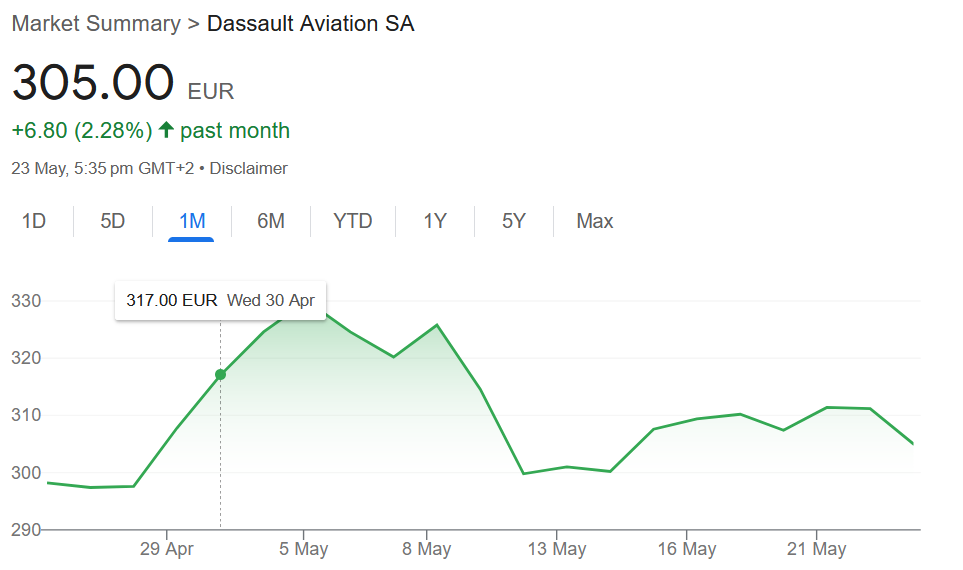 Dassault’s reputation wasn’t going to take a hit because of a one-off. As the PAF’s operations director himself said in a presser, “the Rafale is a very potent aircraft…if employed well.”
Dassault’s reputation wasn’t going to take a hit because of a one-off. As the PAF’s operations director himself said in a presser, “the Rafale is a very potent aircraft…if employed well.”
A perhaps unintentionally snide comment on the IAF but one amplified by the predictably acerbic social media accounts of Pakistan in their trading-of-barbs with their Indian counterparts. Though some suspect Dassault Aviation might be repeating those words, more or less, in earnest during their presentations to other potential clients.
Dassault Aviation, in any case, isn’t comparable, by a stretch, to the Chinese company. It’s as solid as a defence contractor could be.
No, all eyes are on Chengdu and China’s broader defence ecosystem. There are going to be far more interested buyers. Consider the sheer value proposition: the cost of a Rafale jet can vary significantly, depending on the variant and also the buyer’s specific requirements, but a commonly cited price range is between USD 90 million and USD 120 million. The J-10C on the other hand, is said to range between USD 40 million and USD 60 million.
The value proposition does the talking – and the selling – is what the investors seem to have felt in the immediate aftermath of the air battle. But that is just a sentiment. It is the financial statements that record actual sales – or the announcement of confirmed sales that haven’t made it to the financial statements yet, that will make the investors sit up and take much more notice than the surge that we saw.
Is there a Principal-Agent Problem in defence procurement?
You go to a doctor (or a mechanic, or a real estate agent or a…) and have to rely on their judgment and make spending decisions (in the doctor’s case: what medicine to buy, what test to get done, what procedure to sign up for) on what they say. The person doing the spending isn’t the one who is making the decision on what to spend.
The problem is that these guys might not get you the best deal because it is not their very own money being spent. That, in economics, is called the Principal-Agent Problem.
What does that have to do with defense sales? Well, who makes the spending decisions is key here.
Countries with relatively opaque defence procurement decisions (like Pakistan’s) and countries with relatively transparent protocols for it and that are subject to political oversight (like India’s), go about the defence procurement process differently.
It has been noted, of late, that Chinese companies, selling just about anything, have taken to a “360 approach” to sales. They will make traditional advertisements and sales pitches, yes, but they will now also leverage some rather non-traditional means as well.
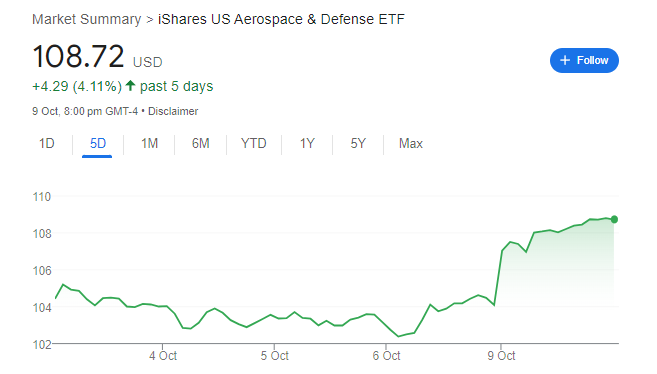
To this effect, go the conjectures, the Chinese are throwing everything and the kitchen sink into the problem, including funny video skits skewering the Buyer’s Remorse of the Indian Air Force, for the general public to digest. You don’t need to understand the lyrics to find it funny, or to find what is being made fun of. The target audience might be the Egyptian public, or the Nigerian public, and through them, their governments. (The Egyptians have Rafales on order and the Nigerians already fly the Thunders.)
Policymaking politicians, on the other hand, are not the sort swayed by short, funny videos. For those, there is the recent mushrooming of Chinese vloggers and online columnists who seem to make a rather decent case for Chinese military gear. The key words being ‘seem to.’ These supposed comment pieces can also be a part of a larger spiel.
Politicians and civilians, informed as they might be by the military brass, being the ultimate arbiters of defence spending is the best way, in principle, to go about things. Matters get complicated when this approach ends up, for however short a period, with populist politicians in charge who want to sell their vote-bank shinier toys that might not be the ones that the uniformed grownups running the defences want. Though usually, throughout the world, it is the other way around; it is the generals and air marshals and admirals that want more and newer gear and the politicians who are frugal. It is only when a ruling party goes berserk that the roles get switched.
That is the delicate balance between Principal and Agent in defence procurement. In working democracies, the defence establishment isn’t quite the Agent. The civilian overlords over at the defence ministries are both Agent and Principal; specific acquisitions are something that the generals try to convince the politicians about and then hope for the best. But even though that is lesser leeway than what the militaries of praetorian states enjoy, it is still massive enough to influence decisions.
And that can definitely cause problems for investors that based their decisions on that extremely rudimentary bit of information: that the J-10s shot down some Rafales.
Because those actually in the know of what actually transpired on the night of the 7th, might not even be thinking about buying the jets to begin with.
Less exciting takeaways
“I wouldn’t necessarily attribute Pakistan’s higher kill count to Chinese fighter jets,” says Ryan McBeth, a cybersecurity specialist, and defence analyst. “But, I would attribute it to Pakistan’s investment in electronic warfare and airborne warning and control.”
“No matter how good the Rafale is, you’re only as good as the information you’re getting as to where to point your jet and fire that missile, especially beyond visual range,” he adds.
After rattling off a list of both Indian and Pakistan electronic warfare and AWACS, he says that the fact that Pakistan has three times the electronic warfare and airborne warning control aircraft as India kind of lets us you know that “Pakistan is fighting a modern air war, while India is still fighting air wars as the way we might have done in Vietnam.”
“If you don’t have good sensors in the air, it doesn’t matter what fighter jets you have, it doesn’t matter how brave your fighter pilots are, it doesn’t matter how good the Rafale is. You’re going to get taken down from a 100 nautical miles away by some dude who’s talking to an airborne warning control aircraft.”
The problem with AWACS is that they aren’t, according to McBeth, “sexy.”
“They don’t parade well, no one wants to see a flyover of the Super Bowl with AWACS. You want jet fighters because they are cool. But the AWACS are probably the most important piece of kit a military can have in its arsenal if it wants to fight a modern day conflict.”
Depending on where a country’s defense acquisition ecosystem lies on the Principal-Agent Problem – and the temperament of the government in charge there, we might see different types of sales.
Clued up military experts from around the world might advocate for buying the AWACS and EW systems, after all. Even there, the PAF has Chinese equipment (Shaanxi), but it also has Swedish equipment (Saab) and French equipment (Dassault, ironically) as well.
Perhaps, when the dust settles, and the orders are placed by actual users of the equipment, instead of investors merely following news, we will see other stocks showing activity and not (just) that of Chengdu.
At least, by how Ryan McBeth, Pravin Sawhney, the Indian defence analyst, and others have analysed it.
“I really do believe that this particular air war was a template for what the next war might look like in Taiwan,” says McBeth.
So, it could have been a template, just not only for Chinese military gear, but for future electronic warfare, with air battles of the “boring” variety. The wheel of time continues to turn. [/restrict]



